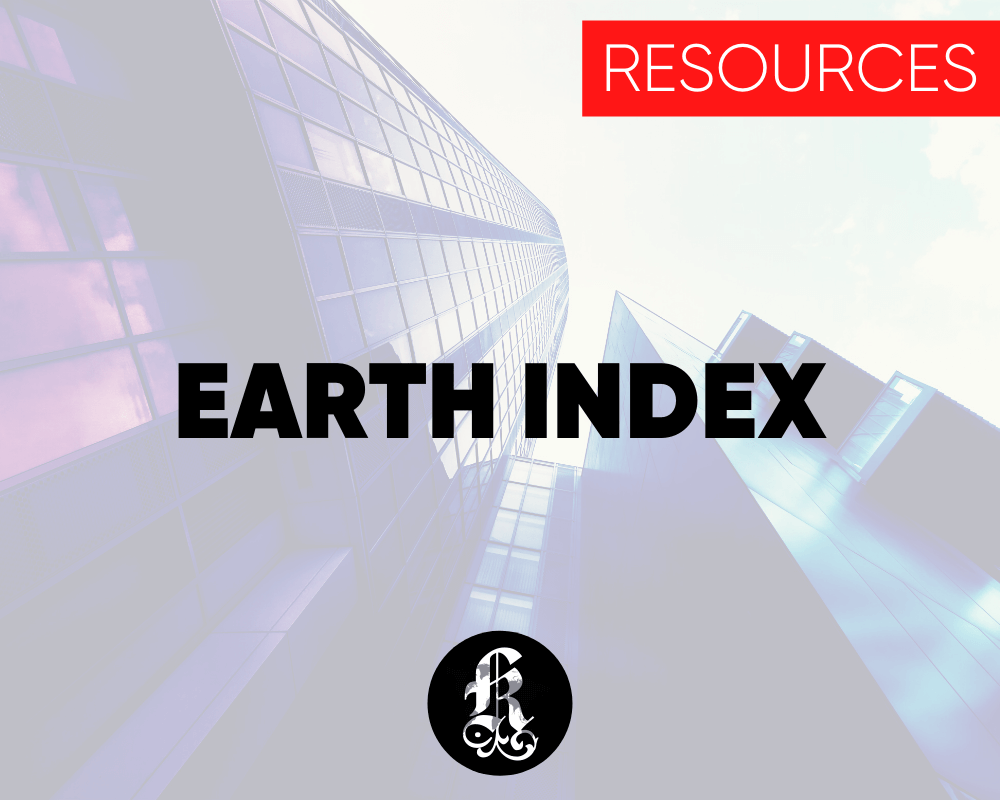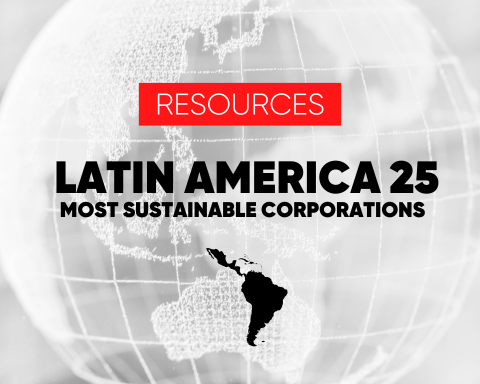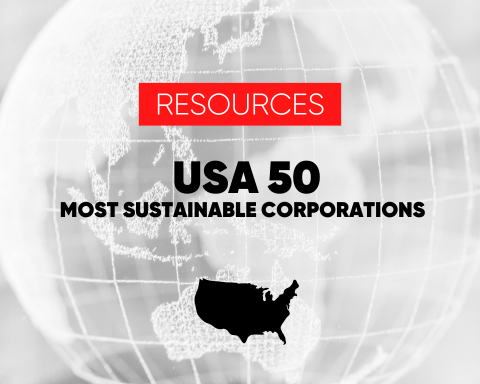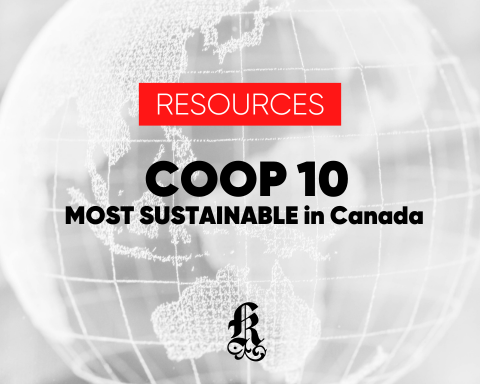OBJECTIVE
- EARTH INDEX tracks the progress of countries toward meeting their GHG emissions targets.
SCOPE
- The initial release of EARTH INDEX covers the 19 countries plus the European Union (EU) that together constitute the G20. The countries are assessed in two groups: United Nations Framework Convention on Climate Change (UNFCCC) Annex I and non-Annex I countries.*
- For Annex I countries, the full range of GHG emissions in UNFCCC inventories are included. For the non-Annex I countries, the three principal GHGs are included: carbon dioxide, methane and nitrous oxide. Changes in GHG absorption due to land use, land use change and forestry (LULUCF) are not included in EARTH INDEX at this time.
- EARTH INDEX is based on annual emissions data up to and including the most recent year for which comprehensive emissions inventory is available for all G20 countries.
DATA SOURCES
- The method used to calculate EARTH INDEX is identical for all countries in the G20, but there are differences in data sources and sector definitions between countries included in Annex I of the UNFCCC and the non-Annex I countries.
-
- For Annex I countries, EARTH INDEX uses data from the UNFCCC inventories filed by countries.
- For non-Annex I countries, EARTH INDEX uses data from the European Commission Emissions Database for Global Atmospheric Research (EDGAR).
- Stated commitments are based on the most recent targets identified in filings with the UNFCCC and other national commitments. In the case of EU members, the more ambitious of the a) national target or b) EU target (55% reduction by 2030 relative to 1990) is taken. National targets are converted using a linear scale to actual levels of GHG emissions in the target year (usually 2030) to facilitate the EARTH INDEX method described below.
- GHG emissions are also disaggregated by seven economic sectors: Agriculture, Buildings, Fossil Fuels, Industry, Power, Transport and Waste. While the sector names are the same or nearly identical for all countries in EARTH INDEX, there are differences between Annex I and non-Annex I countries in the detailed definition of the sectors. These differences result from the higher level of aggregation published in the EDGAR database as compared to the more disaggregated presentation by the Intergovernmental Panel on Climate Change (IPCC) sector codes in the UNFCCC inventories.
CALCULATION METHOD
- The main EARTH INDEX for countries is the emissions reduction achieved in the most recent year according to reported data, divided by the annual emissions reductions required to meet the country’s stated target.

For example, a country with a target of reducing GHG emissions by 45% below 1990 levels by 2030 and emitted 1,000 megatonnes (Mt) in 1990 therefore has a 2030 emissions target of 550 Mt. If that country emitted 900 Mt in 2018 and 875 Mt in 2019, its EARTH INDEX result for 2019 would be 85%, indicating that the progress made in 2019 was 85% of the annual progress required to meet its 2030 target:

- To calculate target GHG emissions levels and annual required emissions reductions at the sector level, the target 2030 emissions level (for countries with 2030 targets) for each sector is the sector’s most recent reported annual emissions multiplied by the percent reduction in total national emissions needed to meet the 2030 target. For example, if a country with an emissions target of 1,000 Mt in 2030 has emissions in 2019 of 1,600 Mt, then it must reduce its emissions by 37.5% to meet its 2030 target. Sector emissions reduction targets in this example would therefore be set equal to 37.5% of 2019 emissions for each sector.
- For countries that have committed to net-zero emissions but not to an interim 2030 target, the annual emissions reduction required to reach the target is calculated for both at the country and sector level by dividing the latest year for which emissions data is available by (n – latest year), where “n” is the year by which the country has committed to achieving net-zero emissions.
OUTPUT
- Each year, eight EARTH INDEX scores are calculated for each country; one for total emissions and one for each of the seven economic sectors. These are published in graphical format (see example below) that will facilitate at-a-glance comparisons between countries and economic sectors within countries.
*Annex I countries include Germany, France, Italy, United States of America, Canada, Japan, Australia, the Russian Federation, the United Kingdom, Turkey and the European Union (including the 27 country membership). As Germany, France and Italy are members of the EU but also tracked separately in the EARTH INDEX database, care is taken to avoid double counting when presenting total EARTH INDEX results for the G20. Non-Annex I countries in the G20 include Indonesia, Republic of Korea, Mexico, Saudi Arabia, Argentina, Brazil, China, India and South Africa.
**The EDGAR data, for example, groups emissions from building energy use with emissions from other stationary energy use (agricultural, forestry, fishing), and so we have labelled that sector “Buildings Plus” in the presentation of sector results for non-Annex I countries. Also, the EDGAR sector totals for the power sector do not align with the same numbers in the IPCC system, and so the EARTH INDEX Power sector for the non-Annex I countries is not directly comparable to the Annex I Power sector. (See a detailed map of the IPCC sector codes used to define EARTH INDEX sectors for Annex I countries in Appendix II.)







